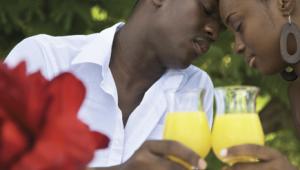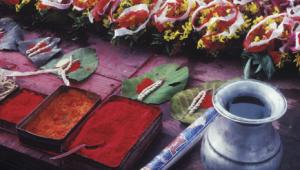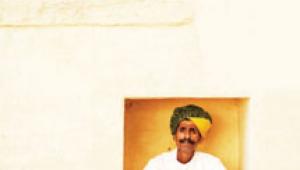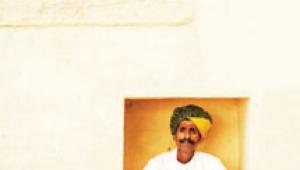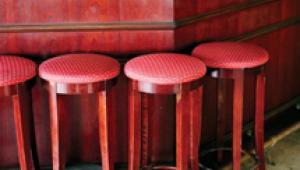Passport
The Real Stuff; Want To Know Why I’m Sick And Tired Of Talking About Equipment? Buckle Up And Read On Page 2
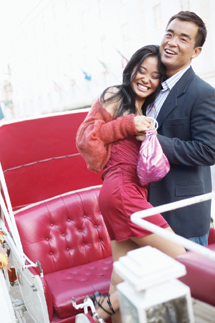 |
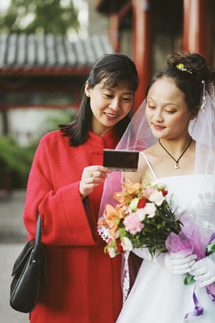 |
These days I look at my pictures and they have nothing to do with the cameras
and lenses I used to take them. They have everything to do with the day I was
having, my spirit on that day, the friendliness, cooperation, and trust of the
people.
I wasn't very technical to start with, and the older I get, the less I
care about the tools I'm using. And I think my photography is getting
better every year. Not because of the cameras I shoot with, but because of who
I am and the connections I make with the world. Stick a camera in my hands,
any camera, with any lens, and I will come back with the shot.
The photos I take for commercial jobs, for tourist bureaus, or self-assignment
stock are probably a little out of the realm of the work you might do. Although
I shoot my share of non-professionals, many of the people I work with are professional
models. But what I'm most concerned with is exactly within your realm
and experience, and that's emotion. It's what we both want to capture.
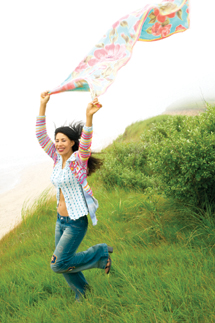 |
Chances are you're going to be photographing people you know, and that's
your advantage. You know their personalities better than I'll know the
moves of my models. You know where they like to hang out and what they like
to do. You know their habits, reactions, and expressions. And if you're
photographing people you meet on your travels, that's where empathy and
kindness, diplomacy and psychology come into play. How you photograph people
has nothing to do with the camera in your hands; it has to do with the ideas
in your head.
Prime or zoom? Pixels or silver halide? Who cares? Think instead about what
you're giving to the people you photograph and what you're getting
from them. The photos here show emotion, and they are the result of working
well with people. The cameras and lenses I used? I'm not going to tell
you, and you shouldn't care.
Grab your camera and share some emotions.
- Log in or register to post comments

